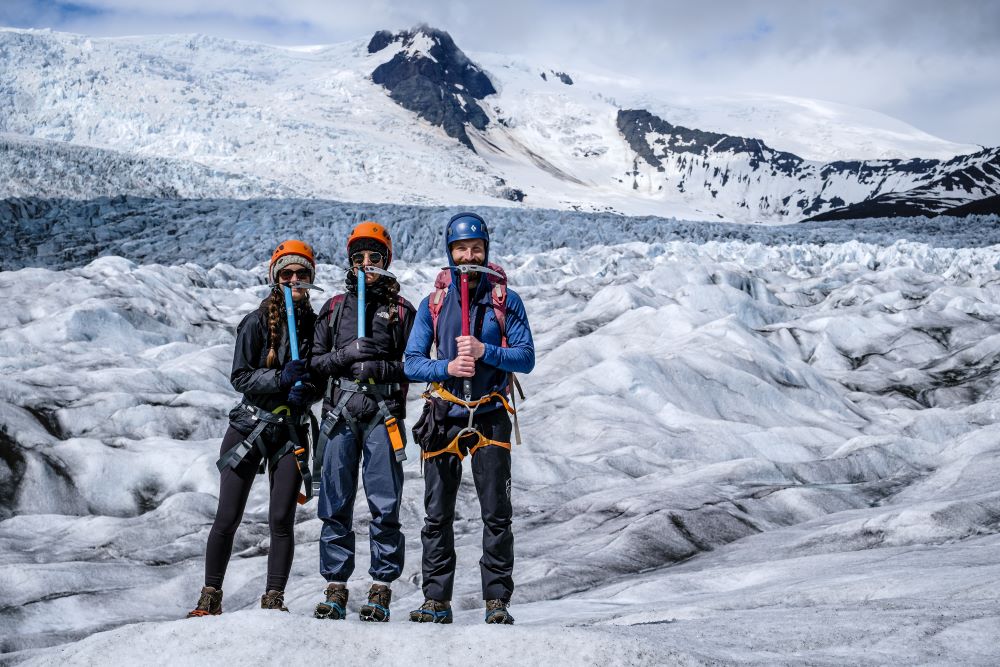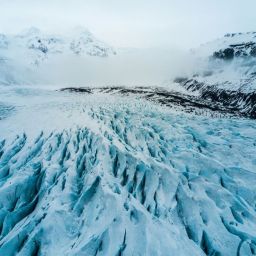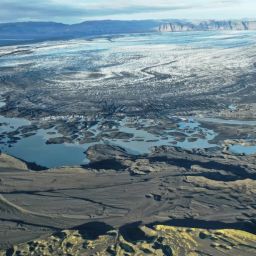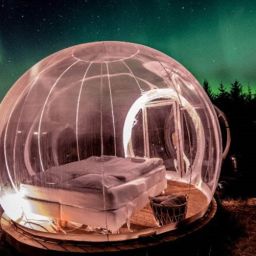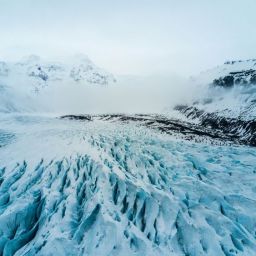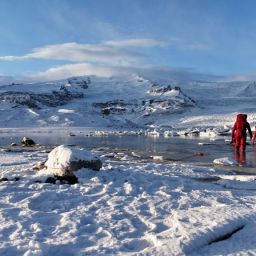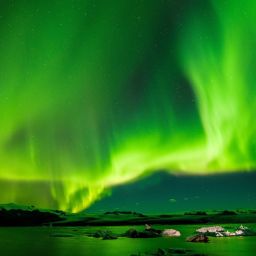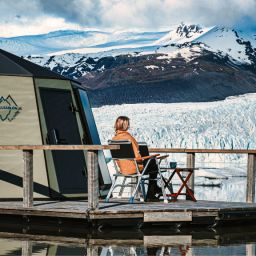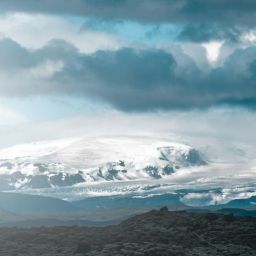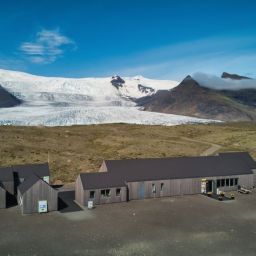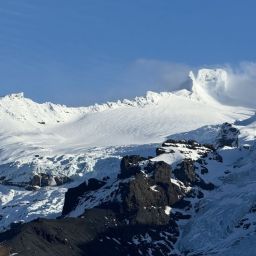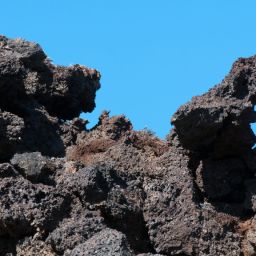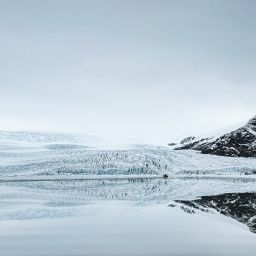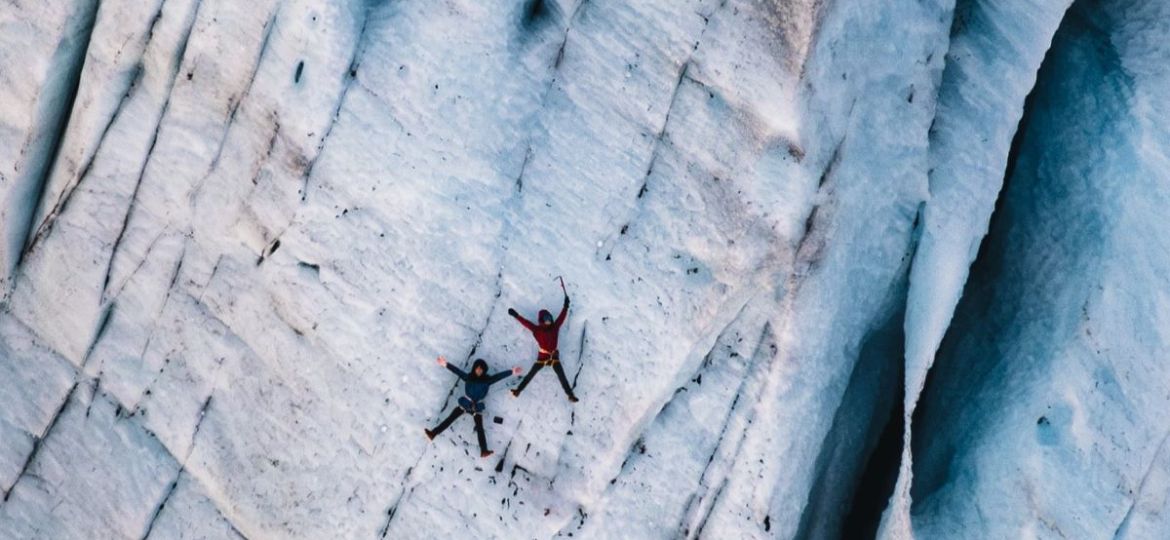
What makes a glacier a dangerous environment?
Fjallsárlón and the surrounding glaciers. Visiting a glacier is a real highlight of any trip to Iceland, and if you’re planning to travel along the country’s scenic southern coast, you won’t regret calling in at Fjallsárlón Glacier Lagoon and the surrounding glaciers. With a backdrop of ice, it’s a breathtaking sight, but these majestic landforms can be hazardous, so it’s never a good idea to climb up on a glacier on your own. You can join the Ultimate Glacier Adventure a perfect combo of boat tour and glacier hike.
These tongues of ice flex as they move downhill and this causes them to split and crack. The crevasses this creates can be deceptively deep and sometimes concealed beneath a thin layer of snow. Up on the surface of the glacier, a fall can be extremely serious. Likewise, the glacier calves from its snout and this means that chunks of ice – some of them considerably large – will fall into the lagoon displacing the water. Glacial floods and avalanches can also occasionally occur.
How can you keep yourself safe up on the glacier and while visiting a glacial lagoon?
There are a number of things you can do, the most important of which is to make sure you always join an organised group or private tour accompanied by a qualified guide. Accredited companies that organise glacier trips such as here at Fjallsárlón will monitor conditions on and around the ice to keep abreast of any changes that may occur. They’ll also pay close attention to the weather – past, present and forecast – as that can also have a bearing on visitor safety.
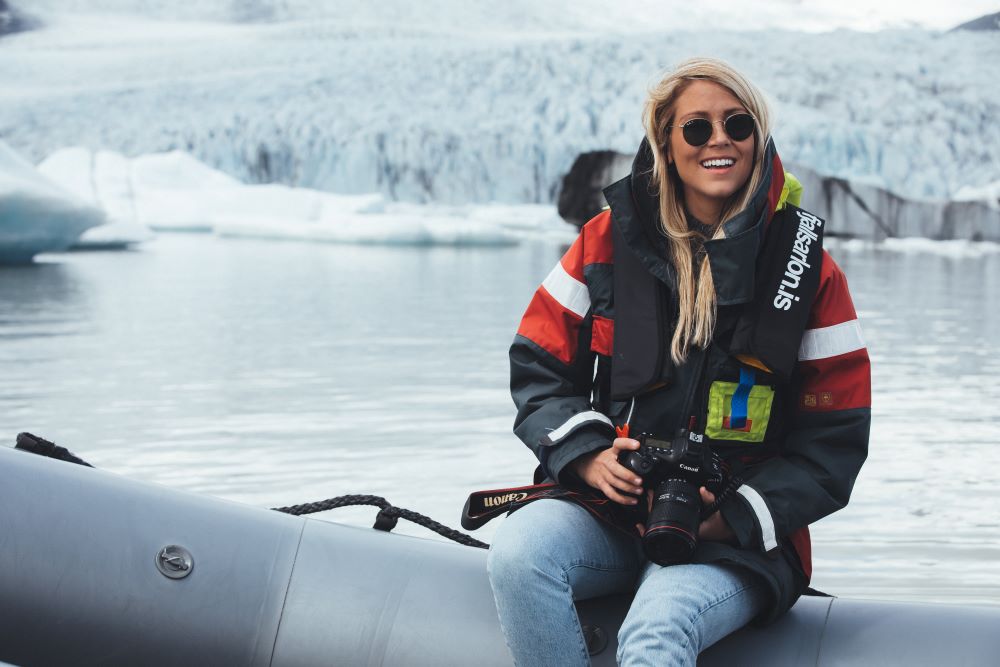
Safety during boat trips out on the lagoon at Fjallsárlón is also of paramount importance. When you arrive for your tour, you’ll be asked to don warm waterproof jacket. Temperatures out on the lagoon can be cooler than on land, and close to the glacier you’ll feel more of a chill, particularly if it’s windy. These thick jackets would also keep you warm in the unlikely event you were to fall into the cold water. You’ll also be issued with a lifejacket which will also act as a flotation device should it be necessary. Check out our boat tour options.
On a glacier hike, helmets and crampons are also designed to ensure guests stay safe while on the move. Rocks can be carried within the ice and the glacier itself can be a hard surface on which to fall, so protecting your head in case of an accident is crucial. Crampons attach over your hiking boots and give you plenty of extra grip as you move over what can be a slippery surface. Warm clothing is also important for your safety in this extreme environment.
Safety is our top priority
Even though Fjallsárlón and the glacier behind it is our daily place of work, we’re never complacent. This is an environment that has its own risks and we never underestimate those risks. We are proud of our unblemished safety record and intend to keep it that way. Because of that, we ensure our staff members are highly trained and responsible individuals. Follow their advice and you can expect your visit to be as trouble-free as it is enjoyable.
